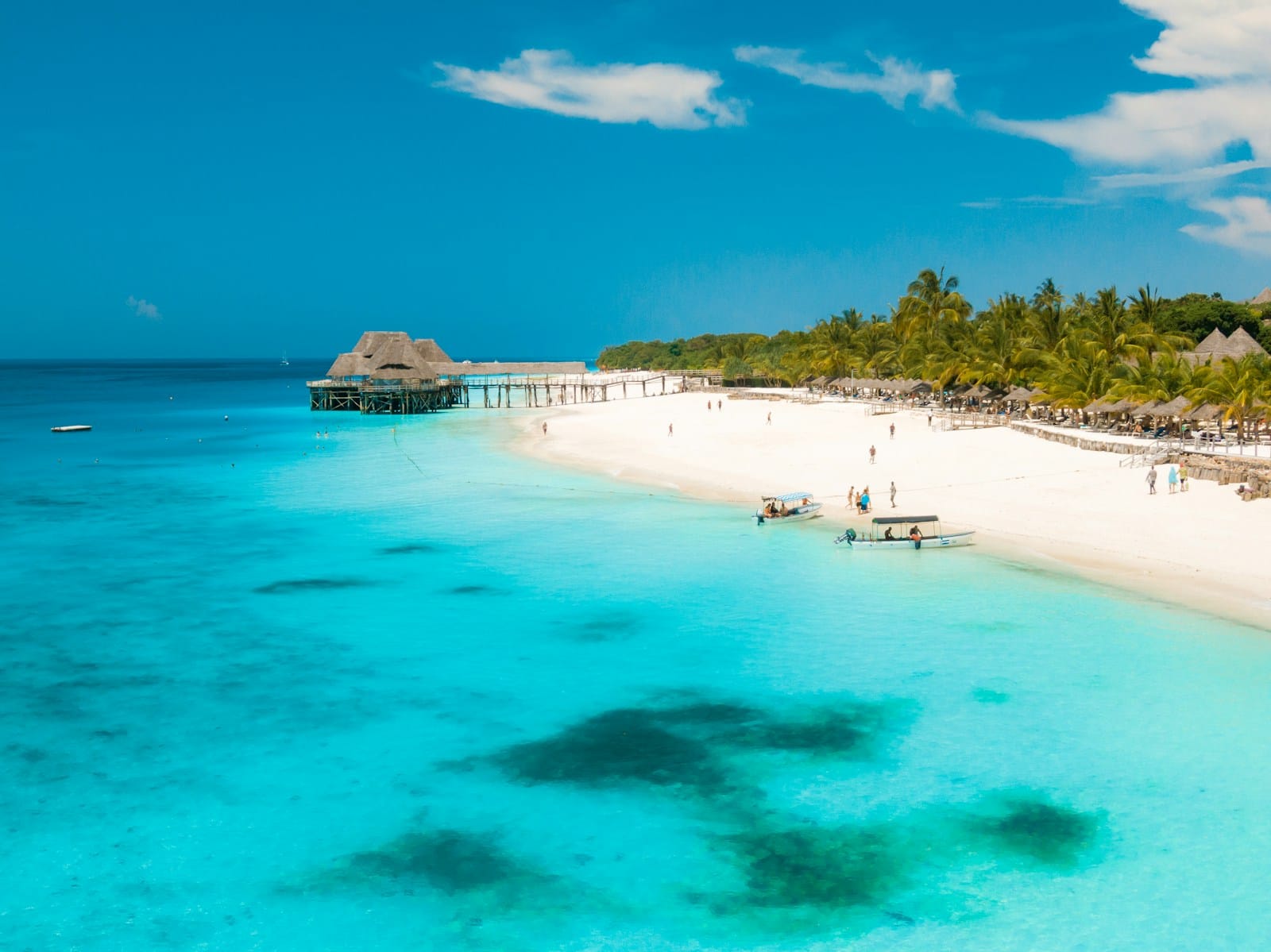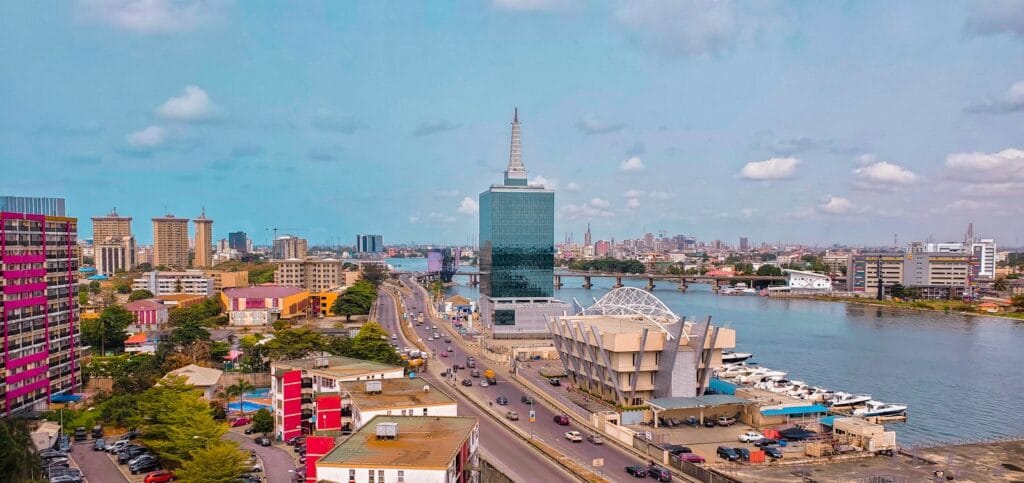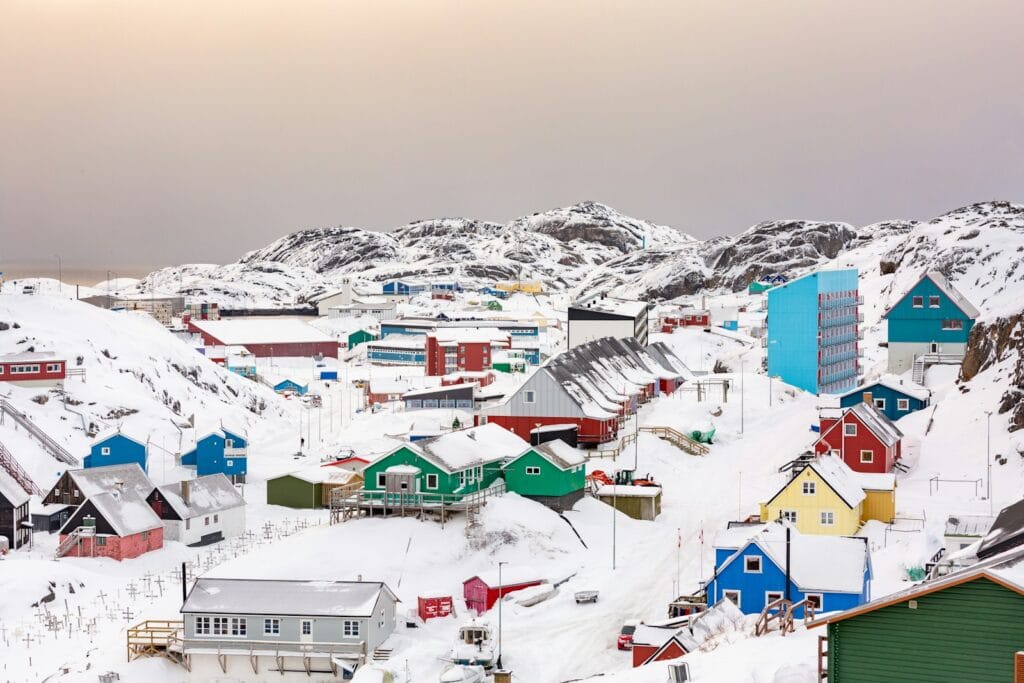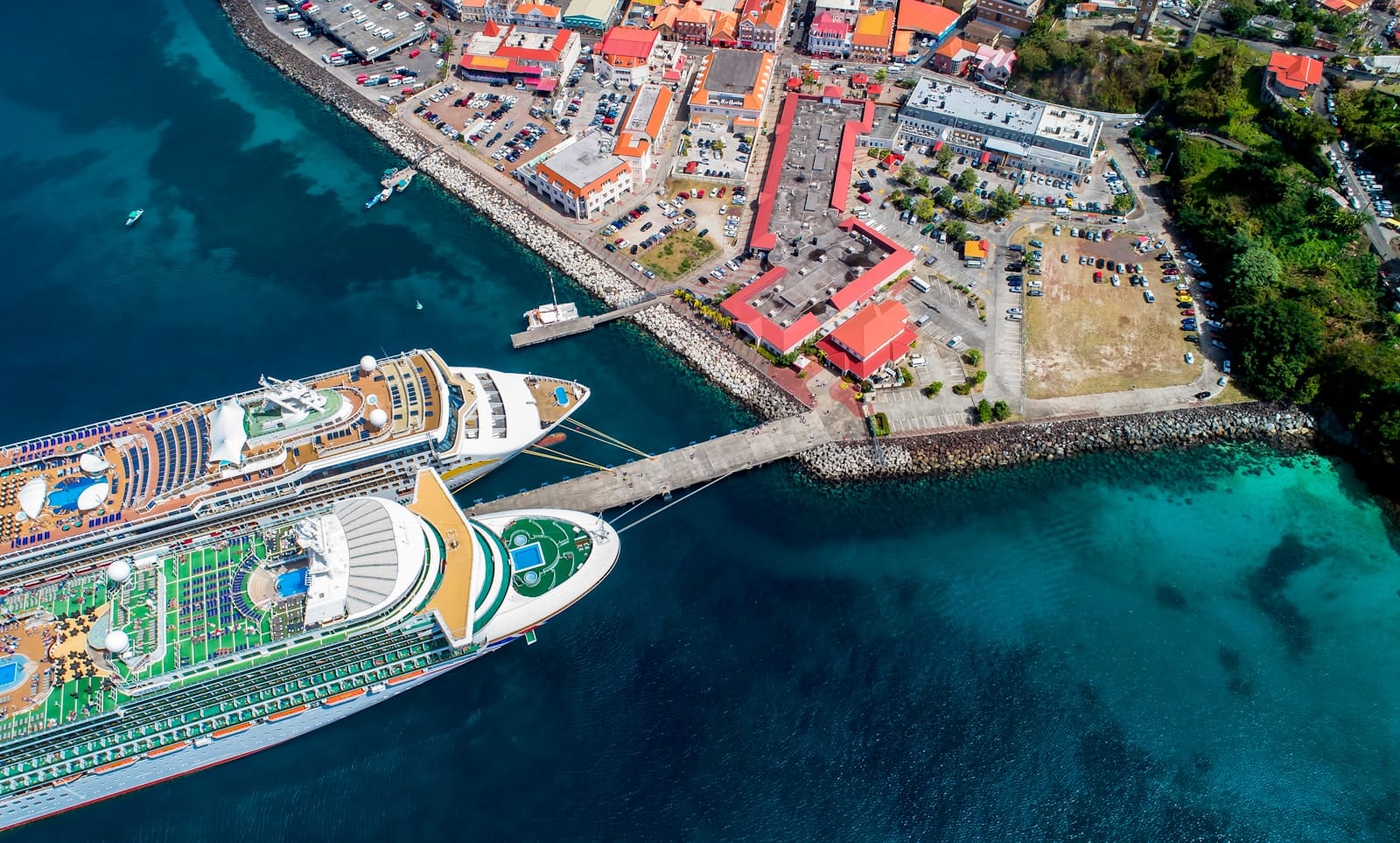Tanzania Travel Guide: Wild Beauty, Timeless Culture
Intro to Tanzania Travel Guide
From the heights of Mount Kilimanjaro to the endless plains of the Serengeti and the turquoise waters of Zanzibar, Tanzania is a country that thrills, humbles, and captivates. It’s a land of big game safaris, ancient Swahili heritage, and warm, welcoming communities — where nature and culture are inseparable.
Start planning your trip with our complete Tanzania Tour Guide, designed to help you explore deeply and travel smart.
💡Quick Facts:
Destination: Tanzania
Continent: Africa
Country: Tanzania (Country)
Administrative Division: Mainland Tanzania and Zanzibar (semi-autonomous region)
Area: 945,087 km²
Population: ~67 million
Density: ~71/km²
Capital: Dodoma (official); Dar es Salaam (largest city, economic hub)
Regions/Subregions: Arusha, Kilimanjaro, Zanzibar, Serengeti, Ngorongoro, Manyara, Tanga
Official & Regional Languages: Swahili (official), English (official), local tribal languages
Currency: Tanzanian Shilling (TZS)
Time Zone(s): East Africa Time (GMT+3)
Airports: Julius Nyerere Intl (DAR), Kilimanjaro Intl (JRO), Abeid Amani Karume Intl (ZNZ), Arusha (ARK)
Climate: Tropical along coast and Zanzibar; temperate in highlands; bimodal wet/dry seasons
Known For: Serengeti National Park, Mount Kilimanjaro, Ngorongoro Crater, Zanzibar beaches, Great Migration (UNESCO), Olduvai Gorge
🛂Arrival Info:
– Most travelers need a visa; e-visas available online via Tanzania Immigration
– Visa-free for citizens of Kenya, Uganda, Rwanda, South Africa, and others (check list)
– Visa-on-arrival available for most nationalities, $50–100 depending on passport
– Standard tourist stay: 90 days, extendable within the country
💉Health Info:
– Recommended vaccines: Hepatitis A, Typhoid, Yellow Fever (proof required if arriving from endemic countries), Tetanus
– Malaria risk present in most areas, especially lowlands and coast; consider prophylaxis
– Dengue and cholera have occasional outbreaks
– Decent hospital access in Dar es Salaam, Arusha, and Zanzibar
– More remote regions have basic clinics only – travel insurance essential
Official: Tanzania Ministry of Health
✅ Check travel insurance options for travel emergencies, delays, and medical needs abroad — get coverage here
✅ Stay Informed with Official Updates: World Health Organization – International Travel and Health | Travel health updates
🚨Travel Advisory:
– Some regions in the far west near Burundi and Lake Tanganyika are less stable
– Petty theft and scams can occur in urban centers and tourist-heavy areas
– Exercise increased caution in public transport hubs and crowded markets
✅ Stay Informed with Official Updates: US Travel Advisory | UK Foreign Travel Advice
📅Holidays:
– Union Day – April 26 (merging of Tanganyika & Zanzibar)
– Independence Day – December 9
– Eid al-Fitr & Eid al-Adha – variable dates (Islamic calendar)
– Nane Nane – August 8 (Farmer’s Day, major agricultural fairs)
– Christmas – December 25
Expect closures of government offices and reduced public transport on national holidays.
💰Visitor Info:
– Currency: Tanzanian Shilling (TZS); exchange USD or EUR at banks or bureaus
– Cards accepted in major hotels, tour operators, and some restaurants; otherwise cash is king
– ATMs widely available in cities but limited in national parks and rural areas
– Tipping is customary in tourism (5–10% or small bills for porters/guides)
– Duty-free limits: 1 liter spirits, 200 cigarettes, reasonable personal goods
Daily Budget (approx.):
– Budget: $40–60/day (hostels, daladalas, local eats)
– Mid-range: $100–180/day (lodges, guided safaris)
– Luxury: $300+/day (fly-in safaris, luxury camps)
✈️Airports:
– Julius Nyerere International Airport (DAR) – main international hub, 13 km from Dar es Salaam
– Kilimanjaro International Airport (JRO) – access to Serengeti, Mount Kilimanjaro, Arusha
– Abeid Amani Karume International Airport (ZNZ) – gateway to Zanzibar
– Arusha Airport (ARK) – domestic flights to safari circuits
✅ Delayed or canceled flight? Check if you’re eligible for compensation
🚍Transport:
– Public transport includes daladalas (minibuses), buses, ferries, and taxis
– Uber and Bolt available in Dar es Salaam
– Intercity buses connect major towns; local ferries serve Zanzibar and Lake Victoria regions
– Driving: left side of road; IDP required; roads vary in quality
– Domestic flights are common for safari circuits
– Beware of overcharging by taxis; agree on price in advance
✅ Book reliable airport transfers and in-city rides in advance. Reserve your ride here
📶Connectivity:
– Major mobile operators: Vodacom, Airtel, Tigo, Halotel
– Airalo eSIMs available and reliable in most urban/safari zones
– SIM cards easy to buy at airports and shops with passport
– Mobile data coverage is decent in cities, patchy in remote parks
– Public Wi-Fi limited; many hotels and cafes offer private networks
✅ Stay connected abroad with affordable eSIM data packs. Get your eSIM here
📜Laws & Etiquette:
– Legal drinking age: 18
– Modest dress expected in villages and Zanzibar (especially during Ramadan)
– Public displays of affection discouraged in rural and Muslim-majority areas
– LGBTQ+ travelers should exercise discretion; homosexuality is criminalized
– Taboos: disrespecting elders, photographing military/police sites, improper greetings
– Greetings matter: use “Shikamoo” for elders, handshake for peers
🛡️Emergency Info:
– Emergency: Police – 112 or 111 | Ambulance – 115 | Fire – 114
– U.S. Embassy in Tanzania
– UK High Commission in Tanzania
– Local crisis support: ask hotel for nearest hospital or clinic in rural areas
✅ Use embassy locator tools: Embassies Worldwide
🌦️Weather:
– Two rainy seasons: March–May (long rains), Oct–Dec (short rains)
– Dry season (June–October) is best for safaris and beach visits
– Zanzibar stays hot and humid year-round
– Highlands cooler with chilly nights near Kilimanjaro and Arusha
– Best wildlife viewing: late June–October during dry season migration
✅ Stay prepared—check the weather forecast for your destination — Weather Forecast
Tanzania by Region – Where to Go
Tanzania is geographically and culturally diverse, with each region offering a unique travel experience — from volcanic peaks to spice islands.
Northern Tanzania – Safari Country and Kilimanjaro Base
Arusha
Gateway to the Serengeti, Ngorongoro Crater, and Mount Meru. Bustling safari hub with local markets and Maasai culture.
Moshi
A laid-back town at the foot of Mount Kilimanjaro. Ideal for treks, coffee plantation visits, and cultural tours.
Serengeti National Park
One of Africa’s most iconic safari destinations, known for the Great Migration and abundant predators.
Ngorongoro Conservation Area
UNESCO-listed volcanic caldera with one of the highest wildlife densities in Africa — lions, rhinos, elephants, and more.
Lake Manyara & Tarangire
Smaller parks rich in birdlife, elephants, and scenic landscapes. Great as part of a northern safari circuit.
Zanzibar Archipelago – Beach Bliss and Swahili Heritage
Stone Town
A UNESCO World Heritage city with winding alleys, coral-stone buildings, and centuries of Arab, Persian, and African influences.
Nungwi & Kendwa
North coast beaches famed for powdery sand, calm turquoise waters, and sunset dhow cruises.
Paje & Jambiani
Eastern shores popular with kite surfers, backpackers, and low-key beach lovers. Strong community feel.
Mnemba Atoll & Chumbe Island
Diving paradises offering coral reefs, marine conservation, and exclusive island escapes.
Southern Tanzania – Remote Parks and Wild Frontiers
Selous (Nyerere) National Park
One of Africa’s largest protected areas, offering river safaris, walking tours, and fewer crowds.
Ruaha National Park
A rugged, off-the-beaten-path park with big herds of elephants and exceptional predator sightings.
Mikumi & Udzungwa Mountains
Accessible by road from Dar es Salaam, these parks offer hiking, primate spotting, and lesser-known wildlife encounters.
Western Tanzania – Chimpanzees and Lakeside Beauty
Mahale Mountains National Park
Pristine jungle habitat on Lake Tanganyika, known for chimpanzee trekking and barefoot luxury lodges.
Gombe Stream National Park
Jane Goodall’s famous chimpanzee research site. Small but rich in primates and birdlife.
Kigoma
Main access town to Gombe and Mahale, set along the scenic lakefront with a colonial past.
Dar es Salaam and the Coastal Belt
Dar es Salaam
Tanzania’s largest city and transport hub. Vibrant mix of urban chaos, coastal calm, and Indian Ocean views.
Bagamoyo & Pangani
Historic Swahili trading ports with laid-back beaches and deep cultural heritage.
Saadani National Park
Where the bush meets the beach — the only park in East Africa with wildlife along the coast.
Top Places to Visit in Tanzania
Explore Tanzania’s diversity through these standout cultural, natural, and historical destinations.
Cultural Capitals
- Stone Town, Zanzibar
The spiritual and historical heart of Swahili culture. Visit old forts, spice bazaars, and ornate wooden doors. - Bagamoyo
Once a slave-trading port, now a peaceful town with ruins, art colleges, and atmospheric beaches. - Moshi
A mix of Chagga traditions and modern trekking culture, offering both heritage and adventure.
Nature Escapes
- Ngorongoro Crater
A self-contained wildlife haven with dramatic landscapes and breathtaking viewpoints. - Selous Game Reserve
Boat safaris on the Rufiji River, dense bushland, and a genuine sense of wilderness. - Mahale Mountains
Remote lakeside jungles that feel more like Central Africa than East Africa.
Historic Sites
- Kilwa Kisiwani
Ruins of a powerful Swahili city-state, once trading with Persia, India, and Arabia. - Old Fort (Stone Town)
Built by Omani Arabs in the 17th century — now an arts center and event space. - Kaole Ruins
Near Bagamoyo, this site offers coral-stone mosques and tombs dating to the 13th century.
Mountains, Islands, and Coastlines
- Mount Kilimanjaro
Africa’s highest peak and a global bucket-list trek. Multiple routes from easy to epic. - Zanzibar & Mnemba Atoll
White-sand beaches, clear waters, and diving with sea turtles and dolphins. - Pemba Island
Zanzibar’s quieter cousin, with lush hills, spice farms, and exceptional diving.
How to Choose Where to Go in Tanzania
Tanzania rewards travelers who tailor their trip to their interests — here’s how to pick:
For Wildlife Safaris
Choose Northern Tanzania for iconic parks like the Serengeti and Ngorongoro. Southern parks (Ruaha, Nyerere) offer solitude and fewer crowds.
For Beaches and Marine Life
Zanzibar is top-tier, especially Nungwi and Paje. Pemba and Mafia Islands are ideal for diving and quiet escapes.
For Cultural Exploration
Stone Town, Bagamoyo, and Moshi combine history, cuisine, and living tradition.
For Adventure and Hiking
Summit Kilimanjaro or explore the Udzungwa Mountains. Mahale offers rare chimpanzee trekking.
For Efficient Pairings
Combine a northern safari with Zanzibar beaches (via Arusha to Zanzibar flights). Or explore Dar es Salaam, then ferry to Stone Town.
How to Get Around Tanzania
Tanzania’s vast distances and varied terrain require planning, but the options are rich.
- Domestic Flights
Best for long distances — e.g., Arusha to Zanzibar or Dar to Ruaha. Carriers include Precision Air, Coastal Aviation, and Air Tanzania. - Trains
The TAZARA train from Dar to Mbeya (Zambia border) offers a scenic but slow adventure. The Central Line connects to Dodoma and Kigoma. - Buses
Reliable long-distance services like Kilimanjaro Express and Dar Express link major cities. Expect early departures and tight seats. - Car Rentals
Useful for self-driving in the north, especially for safaris or Kilimanjaro area. 4x4s recommended. International license required. - Ride-Hailing & Local Transport
In Dar and Arusha, Bolt and taxis are available. “Daladalas” (minibuses) and “boda bodas” (motorbike taxis) are budget-friendly but hectic. - Ferries
Azam Marine runs regular ferries between Dar and Zanzibar (2 hours). Book in advance during peak season.
Travel Budget & Costs in Tanzania
Tanzania offers a broad price range, especially depending on whether you go safari or backpacker.
Budget Travel ($40–$70/day):
– Dorm beds or local guesthouses: $15–$30
– Local meals (ugali, samaki, mishkaki): $2–$6
– Public transport and ferries: $1–$10
– Group tours or budget safaris: $50–$100/day
Mid-Range Travel ($90–$180/day):
– Boutique lodges or mid-level hotels: $80–$150
– Guided Zanzibar or Arusha tours: $60–$150
– Domestic flights: $50–$100
– Sit-down meals and sundowner drinks: $10–$25
Luxury Travel ($250–$500+/day):
– Safari lodges or private camps: $400+ per night
– Scenic charter flights and private guides
– Premium Zanzibar resorts and gourmet meals
Money-Saving Tips:
– Travel during shoulder seasons (April–May, November)
– Use local transport and guesthouses where possible
– Combine group safaris to reduce per-person costs
– Book domestic flights early for better prices
Best Time to Visit Tanzania
Tanzania’s seasons are driven by rainfall rather than temperature, making timing crucial for safaris, trekking, and beach holidays.
Dry Season (June–October)
This is the best time to visit Tanzania for wildlife safaris. The weather is cool and dry, animals gather around water sources, and vegetation is sparse — making game viewing exceptional.
Where to go:
– Serengeti (for predator sightings)
– Ngorongoro Crater
– Tarangire (elephants in peak numbers)
Short Rains (November–December)
A green and fresh season with fewer tourists. Afternoon showers rarely disrupt travel plans.
Where to go:
– Zanzibar beaches (still sunny)
– Southern parks like Selous and Mikumi
Green Season (March–May)
Heavy rains fall across the country. Road access can be limited, but prices are low and landscapes lush.
Where to go:
- Birding in Tarangire
- Cultural visits and coffee tours in Moshi
- Budget escapes in Zanzibar
Great Migration Timing
- Calving Season: January–March (Ndutu area)
- River Crossings: June–August (Grumeti and Mara Rivers)
Must-See Experiences in Tanzania
Tanzania offers unforgettable adventures — from volcanic craters to ancient coastal towns. Here are the best things to do in Tanzania:
Wildlife and Nature
The Great Migration Safari
Witness over a million wildebeest and zebras moving across the Serengeti. Best seen from mobile camps or safari lodges in key corridors.
Ngorongoro Crater Game Drive
Descend into an ancient caldera teeming with lions, hippos, and rare black rhinos.
Chimp Trekking in Mahale
Follow expert guides into the misty Mahale Mountains to observe wild chimpanzees in their forest home.
Culture and Heritage
Spice Tour in Zanzibar
Explore aromatic plantations where cloves, nutmeg, and cinnamon still grow — a sensory journey through Swahili trade history.
Maasai Village Visit (near Arusha)
Learn traditional customs, dance, and beadwork in community-run cultural tourism programs.
Stone Town Walking Tour
Discover coral-built alleyways, Zanzibari doors, and bustling markets in this coastal crossroads of history.
Adventure and Scenery
Climb Mount Kilimanjaro
Trek Africa’s highest peak via routes like Marangu (easier) or Machame (scenic). A life-changing challenge.
Snorkeling at Mnemba Atoll
Crystal-clear waters, coral gardens, and sea turtles make this one of Zanzibar’s best marine escapes.
Boat Safari on the Rufiji River (Selous)
See elephants bathing and hippos yawning just meters from your boat in Tanzania’s largest game reserve.
Book immersive Tanzania tours and experience unforgettable things to do in Tanzania — from sacred temple rituals and highland treks to floating markets and lakeside food adventures.
Best Travel Itineraries in Tanzania
These sample routes highlight how to make the most of your time, whether you have one week or two.
7 Days – Classic Safari & Beach Combo
Day 1–2: Arusha & Lake Manyara
Day 3–4: Serengeti safari
Day 5–7: Fly to Zanzibar for beaches in Nungwi or Paje
Ideal for first-timers who want iconic game drives and Indian Ocean relaxation.
10 Days – Culture, Craters & Islands
Day 1–2: Moshi for Kilimanjaro views and coffee farms
Day 3–5: Ngorongoro & Tarangire safari
Day 6–10: Stone Town and beach days in Jambiani or Chumbe Island
Blends wildlife, heritage, and marine escapes.
14 Days – Off the Beaten Path
Day 1–3: Dar es Salaam and Bagamoyo
Day 4–6: Mikumi and Udzungwa hiking
Day 7–10: Ruaha or Selous safari
Day 11–14: Pemba Island for snorkeling and tranquility
Perfect for travelers seeking solitude and lesser-known gems.
Local Cuisine & Culinary Experiences
Tanzanian food is hearty, flavorful, and tied to both inland agriculture and coastal spice trade.
Must-Try Dishes
Ugali
The national staple — a dense maize porridge served with stew, greens, or beans.
Nyama Choma
Grilled meat (often goat or beef), best enjoyed at roadside BBQ spots with spicy kachumbari (tomato-onion salad).
Zanzibar Biryani
Fragrant rice and meat spiced with cloves, cardamom, and cinnamon — a legacy of Indian-Arab influences.
Mishkaki
Skewered beef or chicken street food, marinated and grilled to perfection.
Chapati
Flaky flatbread eaten with tea or curry. Common at breakfasts and bus stops.
Unique Culinary Experiences
- Spice Farm Tours in Zanzibar’s interior
- Forodhani Night Market in Stone Town for seafood and Zanzibar pizzas
- Coffee Estate Tours near Moshi and Arusha
Taste your way through Tanzania with food markets, Swahili flavors, and farm-to-table tours.
Travel Safety & Cultural Etiquette in Tanzania
Tanzania is generally safe, but preparation ensures a smoother journey.
Safety Tips
- Be cautious in cities at night — use taxis rather than walking
- Beware of bag snatchers in crowded areas
- Use reputable guides and lodges on safaris
- Keep up-to-date on any political developments or weather alerts
Cultural Etiquette
- Greetings are important — a handshake and “Jambo!” go a long way
- Dress modestly, especially in Zanzibar and rural areas
- Remove shoes before entering homes or mosques
- Ask before taking photos of people or villages
- Public affection is frowned upon outside tourist zones
Health & Hygiene
- Use bottled or filtered water
- Carry mosquito repellent and consider malaria prophylaxis
- Be sun-conscious, especially at high altitudes
Where to Go Next – Pair Tanzania with These Destinations
Tanzania combines well with neighboring countries for a richer East African journey.
- Kenya
Easy flight access from Nairobi. Extend your safari to the Maasai Mara or explore coastal Mombasa. - Rwanda
Perfect for gorilla trekking in Volcanoes National Park — a unique contrast to Tanzania’s savannahs. - Zambia
Cross into the southern highlands and continue toward Victoria Falls. - Mozambique
Combine with tropical beach escapes in the Quirimbas or Bazaruto Archipelagos. - Uganda
A natural follow-up for chimp tracking in Kibale or rafting on the Nile.
Final Planning Checklist for Tanzania
Use this list to prep for your journey and avoid last-minute surprises:
- Finalize route: safari circuit, coast, or trekking?
- Book national park permits and lodges early (especially June–Oct)
- Download Maps.me and Swahili translator app
- Check Yellow Fever vaccine requirements (especially if entering from certain countries)
- Buy a local SIM or Airalo eSIM (Vodacom and Airtel are top providers)
- Bring layered clothing for cold nights and tropical humidity
- Carry small USD notes and Tanzanian shillings — ATMs are limited outside cities
- Save digital copies of visas, tickets, and ID
- Learn key Swahili phrases for greetings and directions
- Respect local customs and wildlife boundaries
Explore Tanzania with confidence using our trusted tips, local insights, and region-by-region planning tools.
For more expert travel tips, practical strategies, and trusted tools — visit our Homepage and get inspired for your next trip.









